[Description]
KH-011 is a Supersonic Airliner, usually for Mid-Range Flights.
Just like Tu-144 and Concorde, so just fly it like flying a Concorde.
[Performance]
Rotate Speed: 160knots (with Full Trim)
Landing Speed: 190knots (with Full Trim)
Cruise Speed: 2.02 Mach (2,474km/h; 1,537 mph)
Max Speed: 2.16 Mach (2,646km/h; 1,644mph)
(Max speed still unknown because it takes too long to reach it, even with afterburner, so I only recorded the result around 3 to 4 minutes after Took-off.)
Cruise Altitude: 60,000ft to 65,000ft
Service ceiling: 69,000ft (Recorded) or 80,000ft (estimated)
[Controls]
Afterburner: AG1
Reverse Thrust: AG2 + Breaks
Nav Lights & Becon Lights: AG3
Strobe Lights & Landing Lights: AG4
[Flight Instructions]
Same to other Planes, KH-011have few things that the pilot must know & follow before flying it.
1.
The pilot ONLY ALLOWED TO DO HIGH G-FORCES MOVEMENT WHEN Testing the plane, Pilot Training, Emergency Situation or Performing a Air-show.
(This plane can fly like a Fighter, the pilot shouldn't fly like that all time.)
{When testing the plane}
If the pilots want to test the Maneuverability of this aircraft, the cabin MUST NOT CARRYING ANY DANGEROUS THINGS during testing including Flammable Objects;
Super-Soft-Testing Materials are allowed but it must avoid putting them near some dangerous places.
{When Pilot Training}
Although these movements are not allowed when carrying passengers or cargo and flying normally, but we still recommend the pilot should learn some Medium-G-Force movement for Emergency Situation, such as avoiding Air-Collision or Crashing onto the Mountain.
However, the pilot still shouldn't pull the yaw too hard, especially the elevation; as the plane wouldn't turn efficiently when getting pulled too hard. So the pilot Must learn pulling the yaw in a Suitable Range when facing different situation.
{Emergency Situations}
Medium G-Force movements are allowed when facing Emergency Situations.
The pilot must not turn Too-Hard, however if all passengers already fasten the seatbelts and back to the seat, the pilot can turn harder.
But if there's no time for that, then the pilot can do it.
{When Air-Show}
No need for long explanation, just clear the things inside and make sure there's no Flammable Stuff on it.
2.
The landing.
This plane usually need reverse thrust for slowing down on the runway, or even midair because the plane is very slim that it can gain speed very easily.
If the plane still over 270 knots before touched the runway, then Go Around
When the plane too slow, then pull all the way down the trim.
If near stall speed, then set the throttle to 5% and it will be enough, please set the throttle back to 0% before going too fast.
This plane can land on water when Engine failure and the plane can't return to the airfield.
3.
The afterburner.
The afterburner should only activate when climbing and gaining speed in the same time, just like the Concorde.
The end
[Notes for the challenge]
1.This plane have 4 engines working, the other 4 engines are decoration and not provide any thrust.
2. There's 2 additional Engine for Afterburner & Reverse thrust.
Specifications
General Characteristics
- Predecessor Supersonic Airliner Challenge [CLOSED]
- Created On Android
- Wingspan 179.3ft (54.6m)
- Length 173.9ft (53.0m)
- Height 40.9ft (12.5m)
- Empty Weight 86,085lbs (39,047kg)
- Loaded Weight 249,359lbs (113,107kg)
Performance
- Power/Weight Ratio 2
- Wing Loading 63.6lbs/ft2 (310.3kg/m2)
- Wing Area 3,923.4ft2 (364.5m2)
- Drag Points 2062
Parts
- Number of Parts 241
- Control Surfaces 0
- Performance Cost 1,700

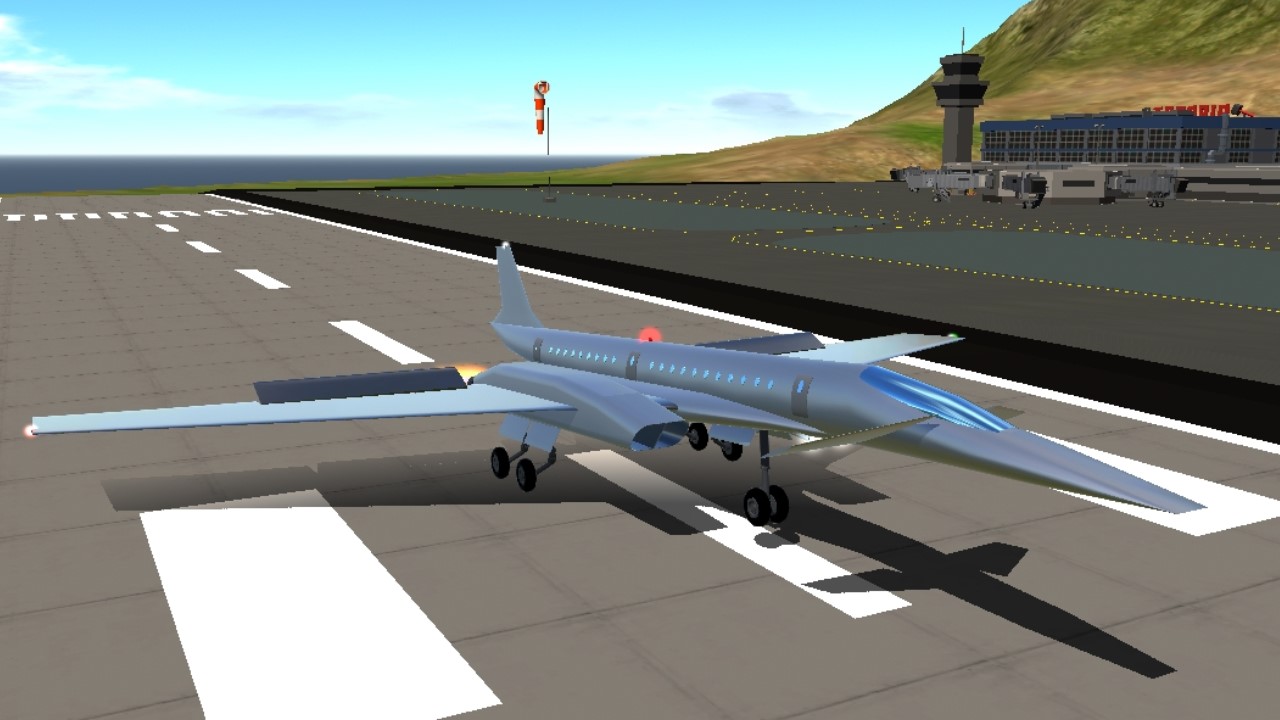
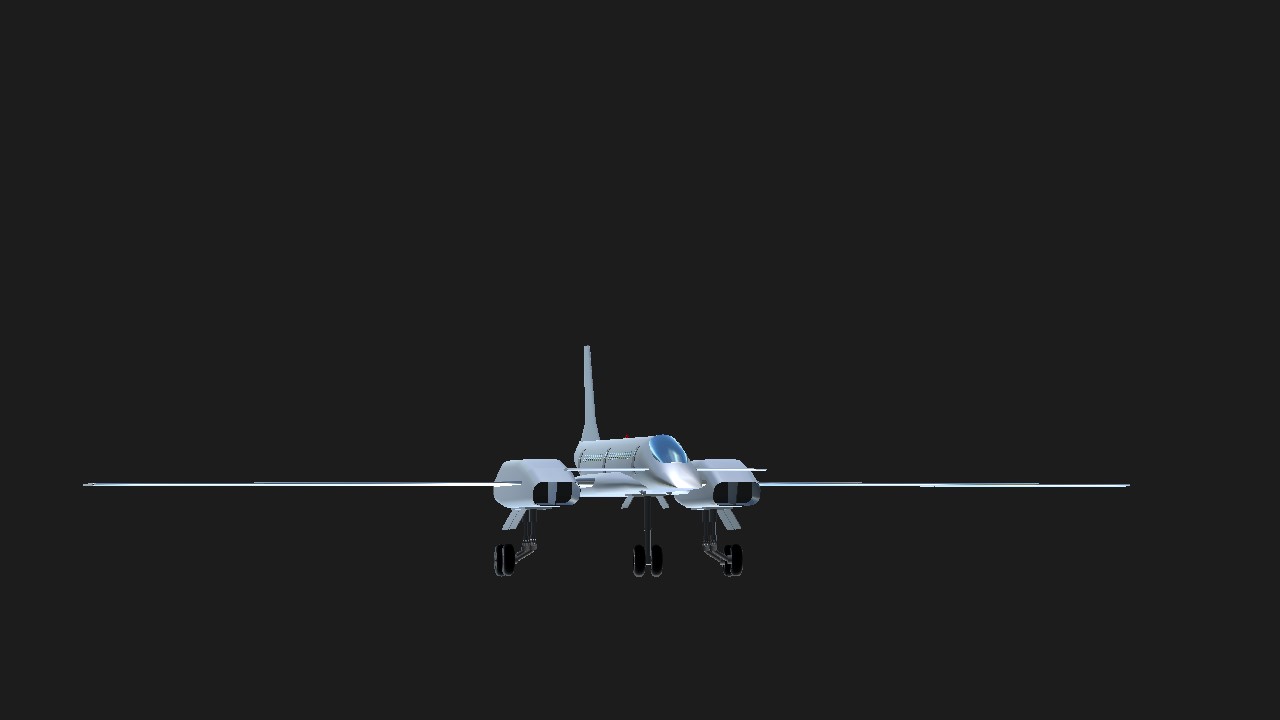
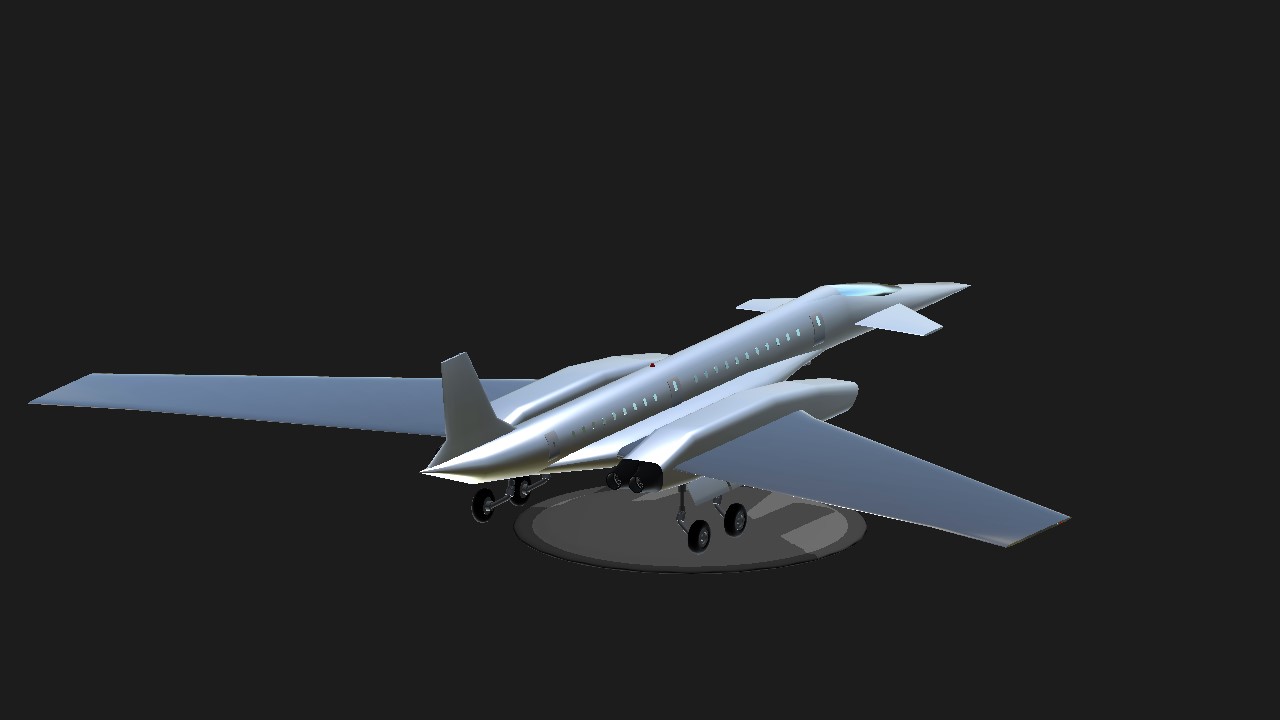

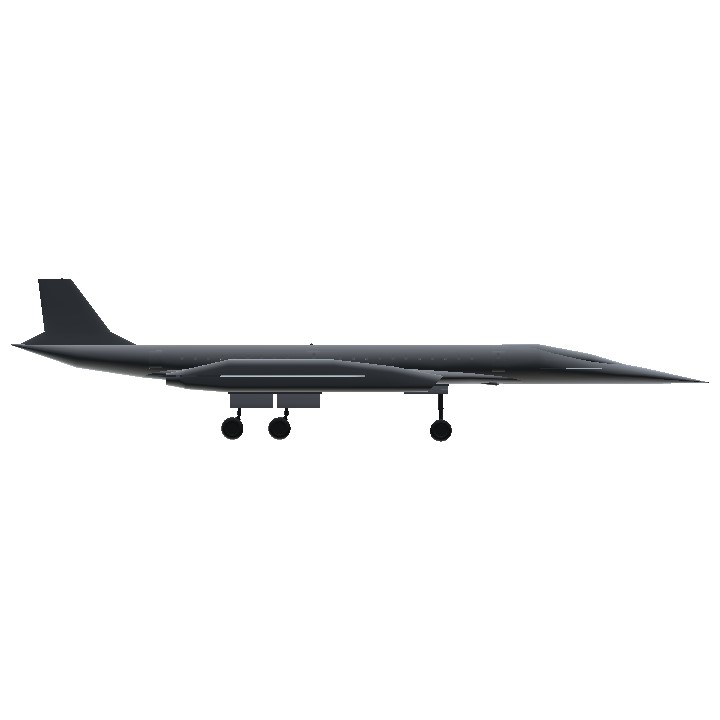
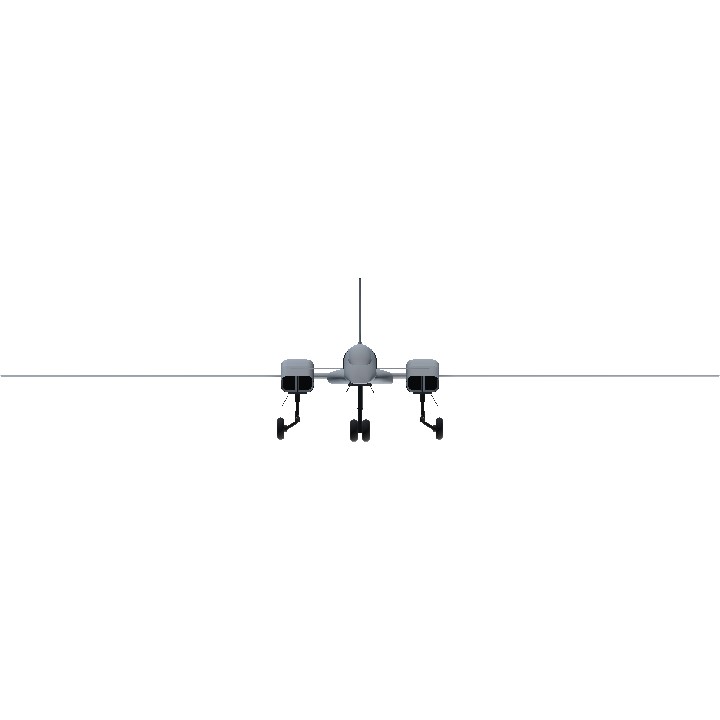
@Blin1 it's fine I don't mind anymore
@XAircraftManufacturer I thought not more than 4 is fine...
It is impossible to slow down on landing, hard to roll, but it's fast and looks very nice. However there are 4 engines on this plane..
Looks nice, I can't try it now.